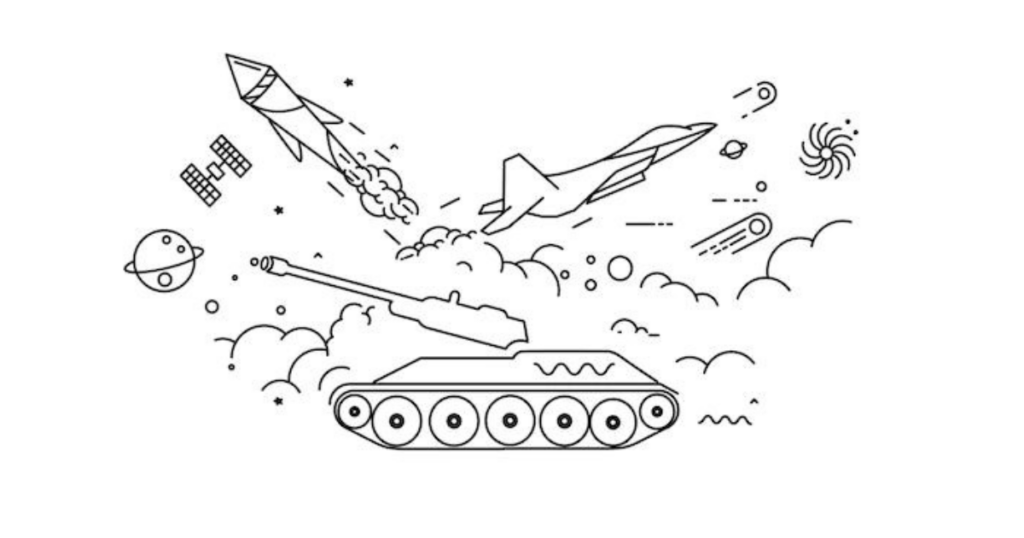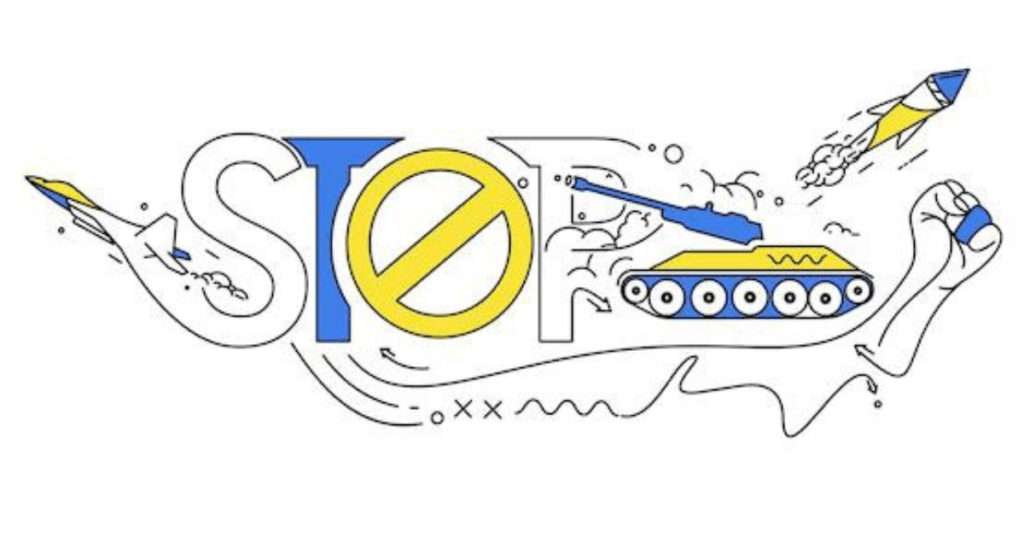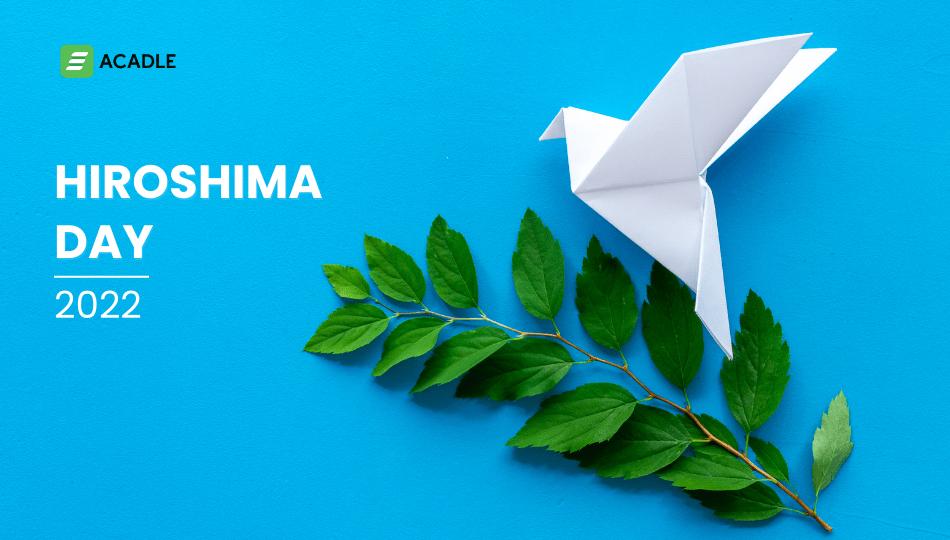“They fell and fell brutally, but stood and stood so steadily.”

What is Hiroshima Day?
In the memory of those who lost their lives, we celebrate Hiroshima Day on August 6th every year. It serves as a reminder of the day when an atomic bomb wiped away the city. The effects of the atomic bomb dropped by the U.S. in 1945 left a strong impact on the next generations of Japan that included massive destruction of the infrastructure and people continued to lose their lives because of its after effects.
The History of Hiroshima Day
At the conclusion of World War II, the United States unleashed the bomb over the cities of Hiroshima and Nagasaki. The first atomic bomb was dropped over the city of Hiroshima on August 6, 1945, and the second one three days later, over the city of Nagasaki on August 9, 1945. The bomb led to the killing of 129,000 to 226,000 people and destroyed the complete infrastructure of the cities.
The bomb caused death of about 70,000-80,000 people immediately, and thousands continued dying months after. With the bombings in the cities, Japan didn’t have any choice but to surrender to the U.S. It surrendered to the U.S. on August 15, and an instrument of surrender was signed on September 2 in Tokyo.

How the education system shattered and built again?
With the bombs dropping in the two cities, everything was shattered, and 70% of the buildings were completely destroyed in Hiroshima itself. The Japanese education system went through numerous changes. The war resulted in the abolishment of the education law and the suspension of many subjects like morals, Japanese history, and geography.
It took years for the country to rebuild the same education system after the war destroyed all resources. The system resumed in March, 1946, with the construction of barracks-style in Hiroshima. But the construction wasn’t rapid as there was a lack of resources. The reconstruction and expansion were not able to keep up with the students’ requirements. Therefore, to educate all the students, the schools organized cohort classes twice a day.
With the support of parents and local communities, the reconstruction of the schools was made possible. By 1950, slowly, the education system was coming back on track with a roof over schools, walls and serving meals in schools as well. There was the establishment of the Hiroshima Prefectural Board of Education in December to improve education in Japan. This education system was free from the general administration. The new education system supported:
- Promotion of moral education
- The thoroughness of health education
- Promotion of production education
Since the atomic bomb dropped, the education system has taken its time to revive. Local communities, donation funds and schools came together to rebuild the schools. The target was to improve the quality of education for the schools.
Japan is one of those countries that focuses more on the education and healthcare of its citizens. Moreover, it has one of the earliest public-school systems and one of the most organized and best education systems.
A new phase
Now, the country is using video games as a source for educating students. It has become one of the most advanced countries in technology. Moreover, from destructed schools and education systems to the development of the most technologically advanced schools, Japan has come a long way.
Acadle recognizes how important education is for any country’s development and hence deploys its services to distribute excellent education.



